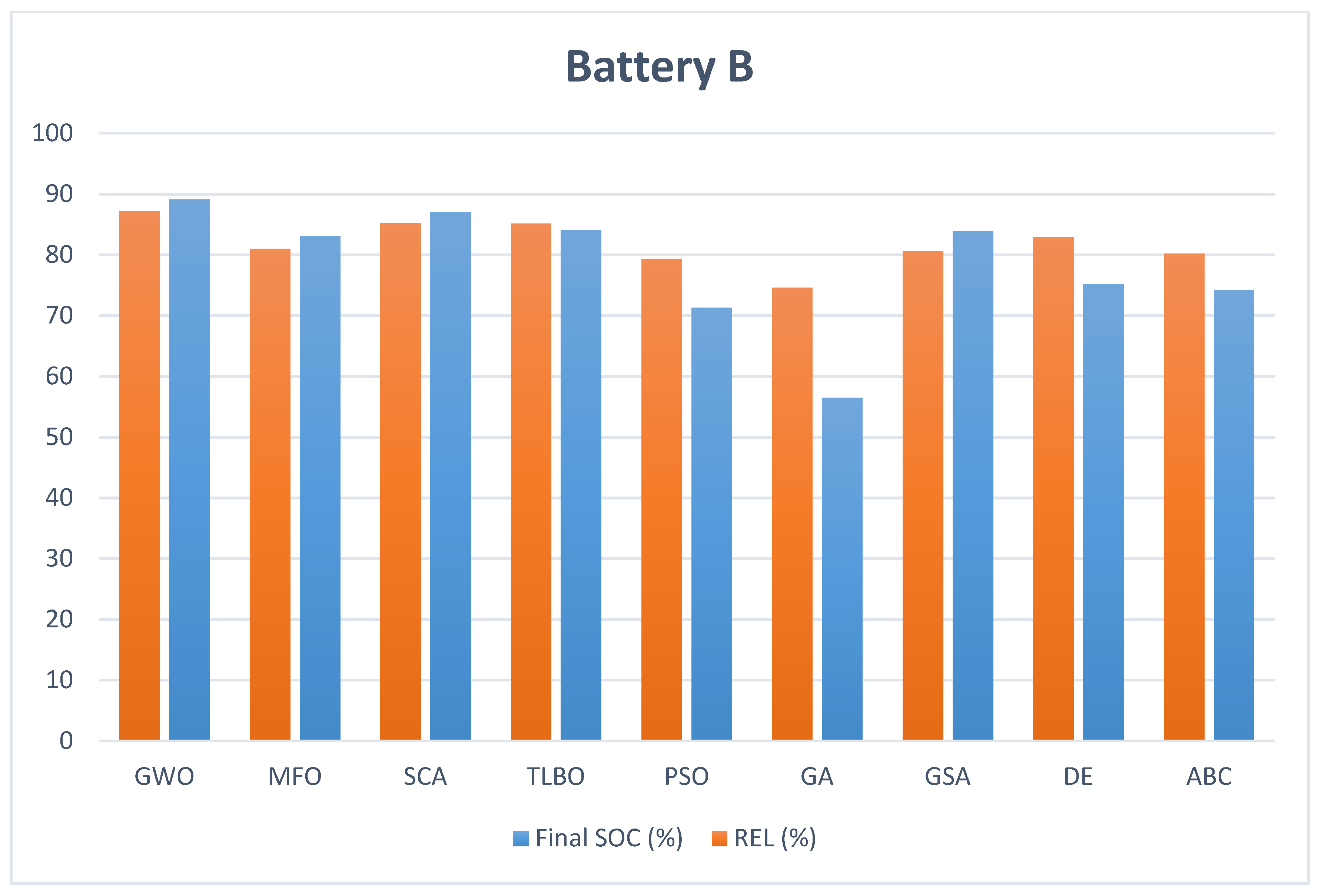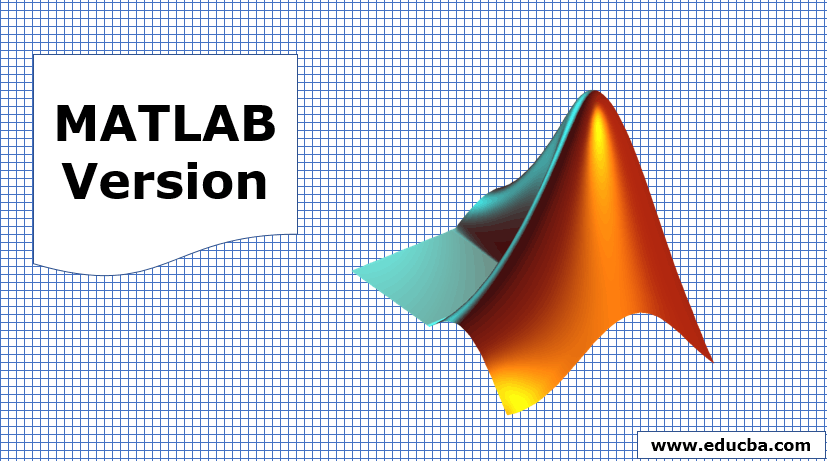

handles.hMean = uicontrol('Style','text','String','Mean'.
Matlab r2013a and b difference how to#
hlive = uicontrol('Style','togglebutton'. This Video Shows How To Download and Install fully activated MATLAB R2013A full Version Download Link. I always thought the main difference between versions 'a' and 'b' of MATLAB was 'b' being 6 months 'better' than version 'a' and, of course, this means that naturally the version 'b' is going to be a more up-to-date version, with more features as well - being the main intent to have new releases every semester. hcollect = uicontrol('Style','pushbutton'. 'Position',) %xsize, xposition, ysize, yposition handles.hpopup = uicontrol('Style','popupmenu'. %SGOLAYFILT Savitzky-Golay differentiation filtersĪ full version of this function with input validation is available on my GitHub.Htext = uicontrol('Style','text','String','Select Data'. This function is also faster (by about 2–4 times): function G=sgolayfilt(k,f) Like you, I only needed the second output, the differentiation filters, G, so that's all it calculates. There are also alternatives to Savitzky-Golay, e.g., this paper based on regularization, but you may need to implement them yourself in Matlab.īy the way, a while back I wrote a little replacement for sgolay. However, there has also been some very recent research on choosing the coefficients automatically: On the Selection of Optimum Savitzky-Golay Filters (2013). So yes, many suggest that you use your eyes to tune these parameters. Often this means a third-order polynomial ( K = 3) and a window size, F, as small as possible. In practice, I try to use as little smoothing as possible in order to produce derivatives that aren't too noisy. Such a tool with known exact answers may be helpful if you can approximate aspects of your real data. Then play with different amounts of input noise and smoothing filters.
Matlab r2013a and b difference code#
In your demo code you should also plot the analytical derivatives of the sin function. Same thing if you over-fit the data by using high order polynomial coefficients, K. If you use too much smoothing, you'll smear your data or produce aliasing. Much depends on the nature of the data (sampling rate, noise ratio, etc.). In terms of your application, I don't have any concrete answers. Other special methods exist for data with a certain structure. It's a general method and it computes derivatives to an arbitrary order. Savitzky-Golay is a very useful way of combining smoothing and differentiation into one operation.

Thus, if you already have some noise in your data, indeed, it will be magnified as you take higher order derivatives. Taking derivatives in an inherently noisy process. The four digit number represents the year in which that particular version is released and the alphabets (a/b) indicates the higher versions (b is newer version than a). They started this versioning scheme in 2006 and still maintain a numerical version number in the background. The b release is a new version of MATLAB, not an incremental update.

The first one early in the year is a and the second one later on is b. Legend('Diff-generated 2nd-derivative', 'S-G Smoothed 2nd-derivative') MathWorks has been putting out two releases of MATLAB per year for the past few years.

Legend('Diff-generated 1st-derivative', 'S-G Smoothed 1st-derivative') If both A and B are 100-by-100 Matrix, the Matlab build-in dot product is 50100 times faster than for-loop. Legend('Noisy Sinusoid','S-G Smoothed sinusoid') SG2 = SG2/(dx*dx) % and into 2nd derivativeĭiffD2 = (diff(diff(y(1:length(SG0)+2)))) / (dx*dx) Robin Loaiza on TOP Download Matlab R2013a Torrent. SG1 = SG1/dx % Turn differential into derivative Y = 5*sin(0.4*pi*x)+randn(size(x)) % Sinusoid with noise = sgolay(K,F) % Calculate S-G coefficients Notice how using diff amplifies the noise and generates useless results. Sgolay is used to smooth a noisy sinusoid and compare the resulting first and second derivatives to the first and second derivatives computed using diff. How might I define the inputs K and F to sgolay? My database has 165 spectra with 2884 variables and I would like to take the first and second derivatives of them. I have a question about the sgolay function in Matlab R2013a.


 0 kommentar(er)
0 kommentar(er)
